One family’s inspiring rescue dog success story
Making the commitment to foster or adopt a rescue dog can be daunting and filled with anxiety. These dogs come from all kinds of circumstances and it can be difficult to know how to help them. There are so many factors to consider before making this commitment it can seem overwhelming.
However, with adequate knowledge, the right kind of attitude and a loving heart, it can be one of the most rewarding experiences.
My friend Helen, of Sunflower Cottage Crochet, and her two sisters have fostered and adopted rescue dogs for a number of years now. When Helen found out I was hosting an event to feature rescue dogs, not only did she sign up to participate but she offered to share her family’s experience.
This family’s story is so inspiring.
You’ll hear from Helen first who tells about her family’s journey to adopt Annie who has become a loving member of their family. Then, you’ll hear from Helen’s sisters, Hannah and Kate, who will lay out some guidelines for choosing the right dog for you and how you can help that rescue dog acclimate.
They’ve shared photos of their rescue dogs, some including the whole family! It won’t be hard to see how happy they’ve made each other.
Please take the time to read all the way to the end. You won’t regret it!
In their own words…
Helen and her rescue dog Annie

I have always been nervous about getting a rescue dog rather than a puppy. There was always something – the stories you hear in the media, the fact that you don’t know their history so they could react to anything out of the blue.
Then I had Jorja, and I didn’t want to risk having a rescue dog around my baby … just in case. This probably wasn’t helped by a nervous mother in law.
So all of my previous dogs have been raised by me from puppies.
Holly and Quinn were Dalmatians from the same litter. I cannot tell you how many times I was asked ‘Where is the other 99?’. Quinn died age 9 from spinal issues, Holly died in May last year aged 12 from DCM.
Hugo is my Great Dane. I have wanted a Dane for quite a few years and because I knew he was going to be a big boy I wanted to train him myself from a puppy. He is now 3 years old and is the biggest cuddle monster … I call him Hugs. Now the comments are ‘You could put a saddle on him!’
When Holly died, she left a huge hole. Hugo helped to fill the hole left by Quinn but I wasn’t sure what was going to help heal my broken heart after Holly.
Then one day, Hannah, my sister, posted about one of the dogs she fosters. Hannah has been trying for years to get us to rehome one of her dogs. I have always said no and resisted. I saw photos of Annie and something just pulled at me. I am sure Holly was there by my side nudging me to give her a home. I closed Facebook down but kept coming back to look at the photos of Annie. Jorja was now 10 so maybe this could work…
Hannah arranged to bring Annie to me for a visit so I could meet her, and she could meet Hugs.
That was it …. Annie simply stayed.
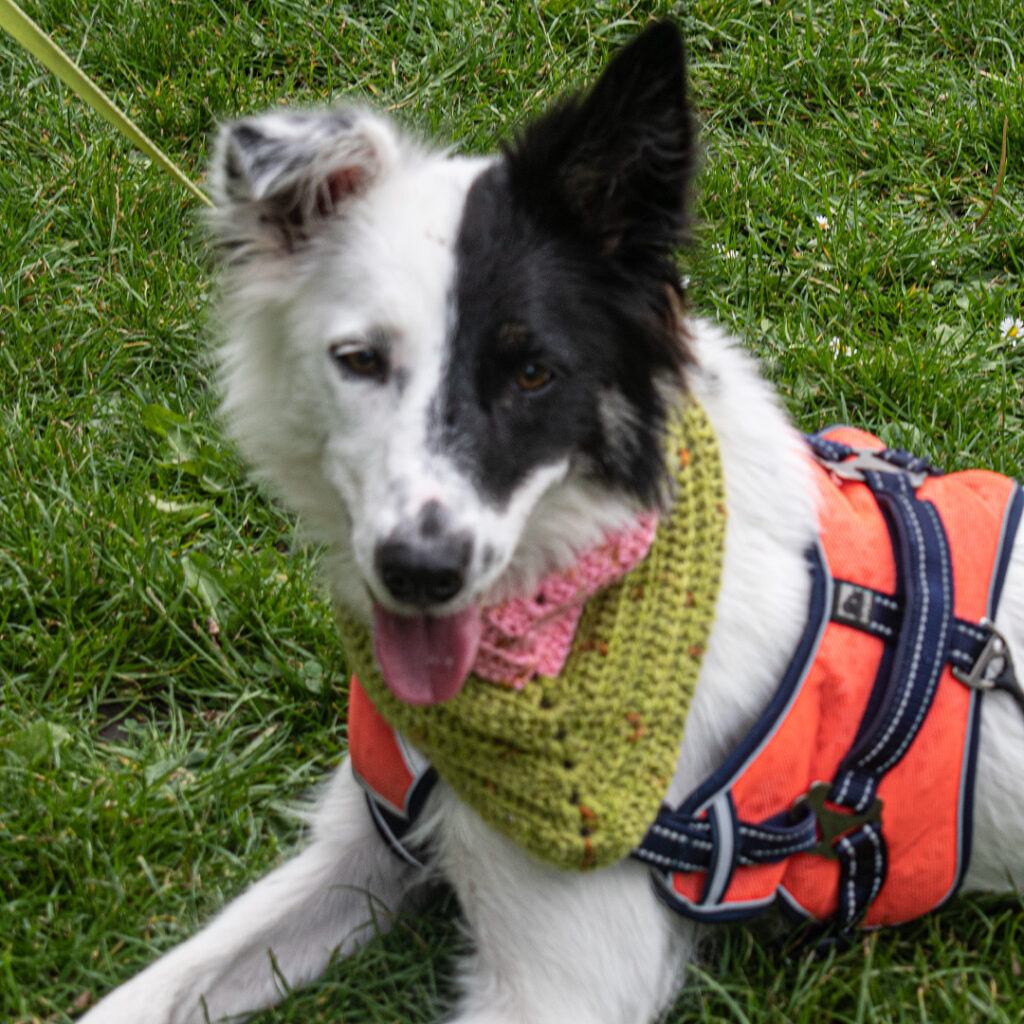
First impressions:
For the first 2 days Annie was quiet and slept a lot. We were told that she was deaf and didn’t make much noise. Things were going great. She was rather underweight because of her history but was eating well. There was a little food aggression when Hugo was around, but nothing more than noise, and she would let me take her bowl etc.
She had had no recall training because of her hearing issues so letting her off the lead was not an option. She was nervous of coming too close for strokes but soon started to feel more comfortable with us.
False sense of security:
As Annie settled her personality started to come out. I am going to be honest, for a few weeks I wondered what on earth we had done, and whether we could keep her. I felt just awful thinking that we were failing Annie.
For a deaf dog she made some noise! She started barking and jumping, snaking at the air and spinning in circles barking and barking. It was incessant!
I asked Hannah about it and sought her advice. Art first she didn’t believe that we were talking about the same dog. She came to visit and Annie settled right down! She slept at Hannah’s feet and didn’t make a sound all night. That was a turning point for us. Annie now knew that Hannah hadn’t abandoned her and seemed to accept that this was now home.
I spoke to all of the neighbours and explained that we had just rescued her and were working with her. They were all lovely about it. My previous dogs had been so quiet and well behaved! Even Hugs would wonder off and try to find some respite from her.
If I went to the local shops for some milk I would hear Annie doing her barking and spinning from the bottom of the street! I am going to be honest and say I was mortified and very frustrated. A couple of days I actually cried thinking I may have to give up with her.
I needed help!!
So I called in a behaviouralist, Lenka, who came to see us. She was happy with the activities, toys etc that we had given Annie and explained that this jumping, barking, snaking behaviour was an anxiety issue and that Annie had some severe OCD tendancies. At just over 1 year old Annie had been through a lot. It can take up to 8 months for the anxiety levels to leave her little body.
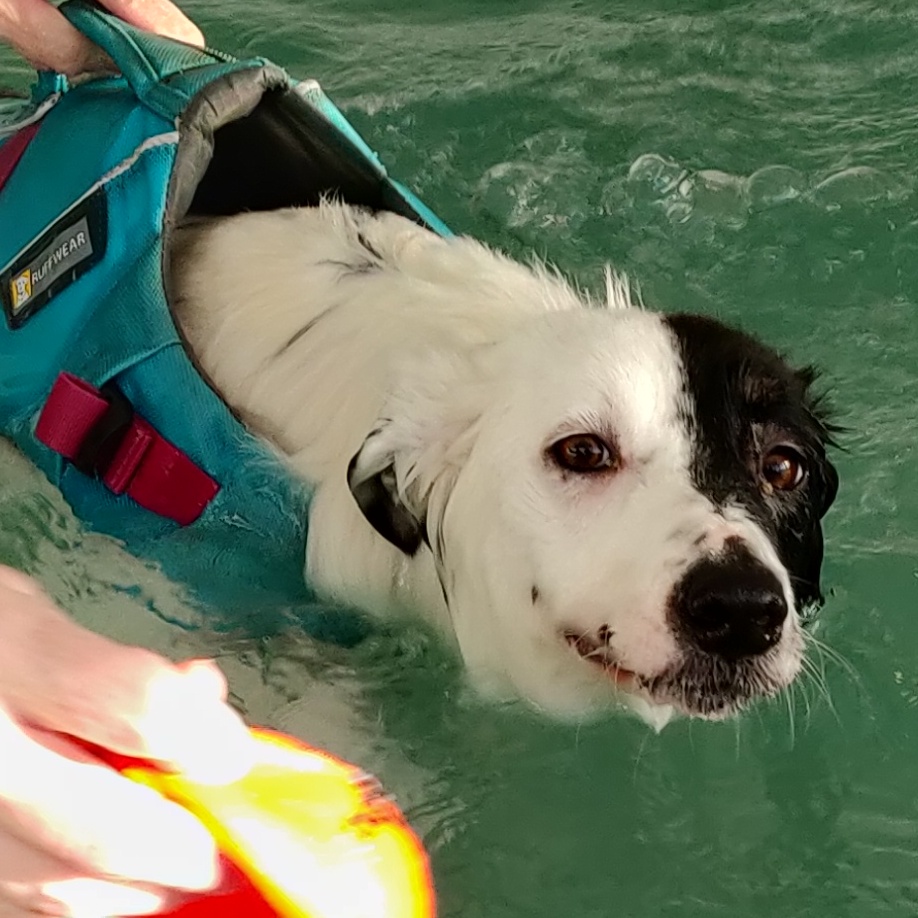
We needed to create routine and engage her nose a little more. Ten minutes of good sniffing time is equivalent to 2 hours of walking. Annie needed things like treats hidden in toilet roll tubes, walks in the alley to sniff everything and essential oils.
Oh my, did those oils work!! Lenka worked with Annie to find out what oils she was drawn to. They work much like they do with humans – Annie was drawn to lavender for calming, and a couple of other ones which are proven to help with anxiety and stress.
Five months on …. Was it worth it?
ABSOLUTELY!!! Annie is calming down nicely although she remains fiercely independent for a dog! She has the occasional spinning bark thing going on but it lasts for seconds and some days we don’t have them at all.
This dog has so much love to give when she trusts you! She adores children and will often lie next to my 2 year old nephew when he stays with me, happily watching Cars for the bazillionth time while he strokes her absent-mindedly.
Annie is my shadow and follows me around the house. A trip to the bathroom is not private and while I am working she will be curled up at my feet. I no longer have to send her to work with my hubby so I can record videos or take a zoom meeting.
She has also won Hugo over and will playfully chew on his feet or tail to get him to play with her. He has so much time and patience for her in the house. On the field with his doggy friends is a different matter – Annie who??
There is still work to do. Annie cannot be let off the lead, but we have found ways of giving her freedom with her 100ft lead on the beach and extendable lead. I also hired a dog walker to help me so I could get some work done and also because I have issues with my ankles so if I over-do it they literally stop working. I walk her for at least 2 hours per day but boy does she have some energy! She’s a border collie puppy and that also plays a great part in what she needs from me and I need to be able to provide that for her.
However, as she is settling at home her energy levels are evening off too. She knows that when we go to the cricket field she run circles around me to her hearts content. At home she is a completely different dog.
She sleeps on the bottom of my bed and when she thinks you are stirring will come up for cuddles and a stroke. And she just loves it when my hubby picks her up and cradles her like a baby for cuddles.
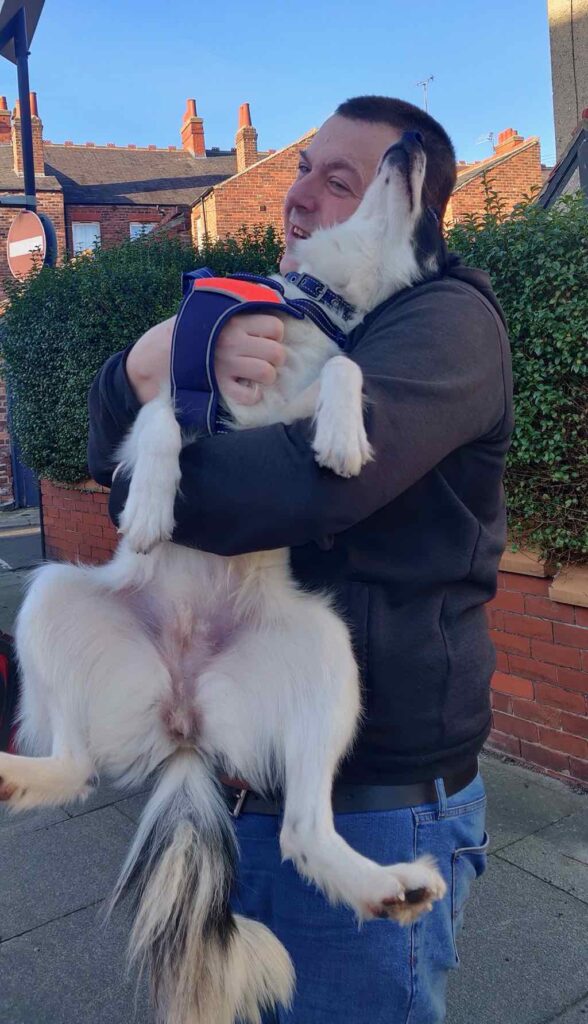
We are learning to understand each other. Routines are being established and boundaries set. It is sometimes hard to believe that she is the same dog that came into our home in January!
I cannot imagine life without Annie in it now!
Would I rescue again? Most definitely! This dog does not have a nasty bone in her body. All she needed was some TLC, a lot of patience and to feel safe.
Here are some tips from Hannah:
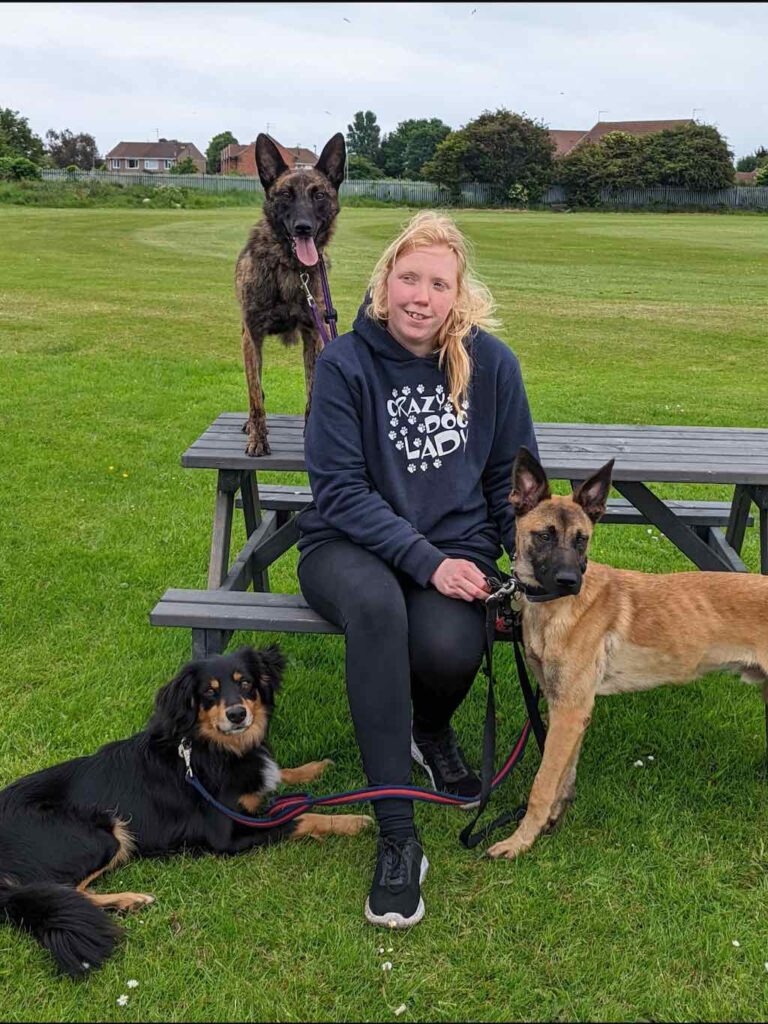
The first hurdle people come across when looking at a rescue dog is considering breed. How much time can you commit to exercise? How much time can you dedicate to grooming, can you afford to take to a groomer every 6-8 weeks? These are factors that the breed of your new dog will greatly influence.
Age of the dog is the next big factor, many people believe that if they have kids they should adopt a puppy, however puppies are much harder work than an adult dog, they have very sharp teeth and claws, they require hours every day of consistent training.
When looking at adopting from foster Vs kennels you need to consider if the dog has been in a foster home they may suffer from separation anxiety more easily due to the change in relationships and environments where as dogs from kennel based rescues would usually find bonding with their new owners easier as they’re already used to a number of different carers.
Rescuing from abroad has become a very popular over the last decade, however the risk with adopting dogs from abroad is that the dogs are totally un-accustomed to home environments, they have never been in a home, seen a TV, slept near a human, many will have been born in municipal shelters or on the streets. These dogs usually take a lot more work to adjust to family life in the UK.
Settling at home with your rescue dog
When you get your new dog home the most important thing is to set clear and achievable targets for you dog. It’s important you don’t try too much too soon as dogs require time to decompress before they can absorb new information- a stressed dog cannot learn so it’s very important not to pressure your new dog.
Treat like a new puppy, start training from scratch. Dogs learn conditionally so just because they knew a trick or behaviour in their previous home doesn’t guarantee they’ll be able to perform the same trick for you, when teaching any commands it’s very important to change the environment and conditions in which your training to ensure the dog is learning.
Have fun. Dogs learn best when the learning is a game!
Don’t be afraid to reach out for help, rescue networks are set up to ensure each adoption is successful, rescues have behavioural support and training in place, resources for you to read. Your vet can recommend good behaviourists if your adopting from a rescue based further away.
Here are some tips from Kate:
My name is Kate, I own 9 dogs, 7 of which are rescue dogs, and currently have 1 foster dog placed with my family. We train the members of the pack in agility, canicross, bikejoring and mantrailing in order to keep them well exercised and mentally stimulated. We started fostering rescue dogs in 2015, in the years that have followed we have fostered and rehomed more than 200 dogs.
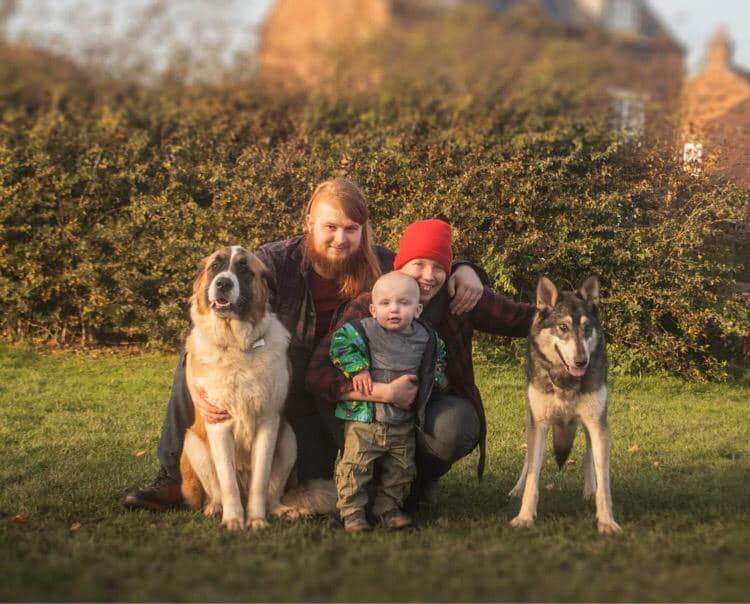
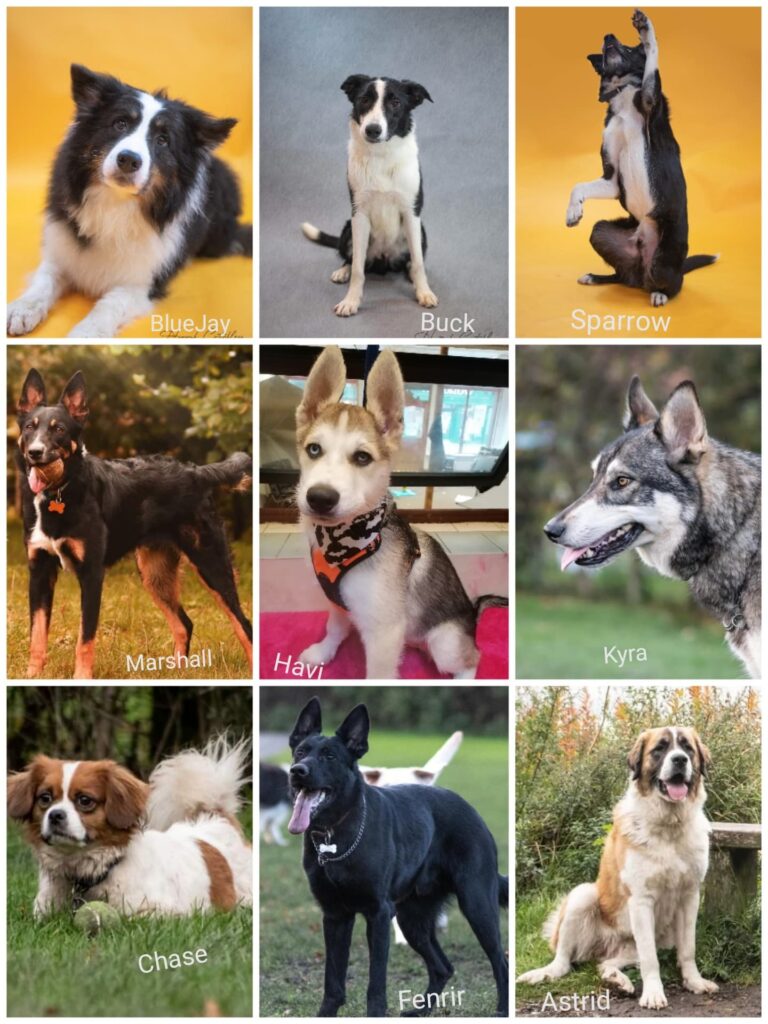
Things to consider when thinking about adding a rescue dog to your family:
Lack of History
When it comes to a rescue dog we rarely know their history, we don’t know what training methods were used, what experiences they have had, what sort of environment they grew up in and of course we know nothing about their parents or breeding. This is definitely something to take into account.
Anxieties
Almost all rescue dogs have some form of anxiety, most common is separation anxiety which stems from their fear of being abandoned. For some it presents as resource guarding, which shows their anxiety that important resources like food and personal space may be taken away from them. It is a good idea to research how to manage canine anxieties before proceeding with an adoption.
The type of rescue
When a rescue centre tell you about the dog they are limited to being able to tell you about what they personally have experienced with that dog. This means that kennels based rescues are unlikely to have a good idea of how the dog will behave in a home environment. Adopting from a foster based rescue is the best way to know that the rescue have a clear idea of things like house training, furniture chewing, ability to settle when left etc.
The settling in period
Just like people dogs take time to adjust to changes in their lives. It is widely believed that it takes a rescue dog three months to decompress and settle into a new family, especially for dogs making a transition from a busy kennel environment to a family home. During the settling in period you may notice the dog has accidents in the house, seems withdrawn, lacks appetite, has stomach upsets, cries a lot or even tries to escape. These are normal and do pass with time.
Tips to settle in a new rescue dog:
- Give the dog a few days or even a week before taking them for a walk. Dogs need time to get accustomed to a new area and new people, if you walk them immediately after bringing them home you’re more likely to see reactive behaviours or even a dog trying to run away.
- Get a secure fitting harness for your first walks together, the last thing you need is for your new family member to get spooked and slip out of their collar or harness. A six point harness is most recommended to avoid escape.
- Keep their diet plain while they’re settling in. Just like humans dogs can experience stomach upsets when they are stressed, keeping the diet plain while they are settling in helps to reduce sickness or diarrhea, it also makes it easier to transition the dog onto your food of choice once they are settled.
- Keep training very basic to start with. Imagine that your new family member, no matter how old, is a brand new puppy and train them as if they were. Reward them just for looking at you when you say their name, a basic sit or down – just like you would with a brand new pup. They might already know these commands but doing them with you helps to build up a strong and positive bond between you and your new family member.
- Change their name. Dogs don’t know they have names, to a dog you calling their name is no different than you saying ‘I want your attention’. However, if the word you are using to ask for their attention has been correctly trained in the past or even been given negative associations as happens with abused dogs, then your dog is inclined from the very beginning not to respond to that name. A new name allows you to give them a brand new start and you can train the name like any other command, meaning that when you use your dog’s name in the future it gives you the desired result every time.

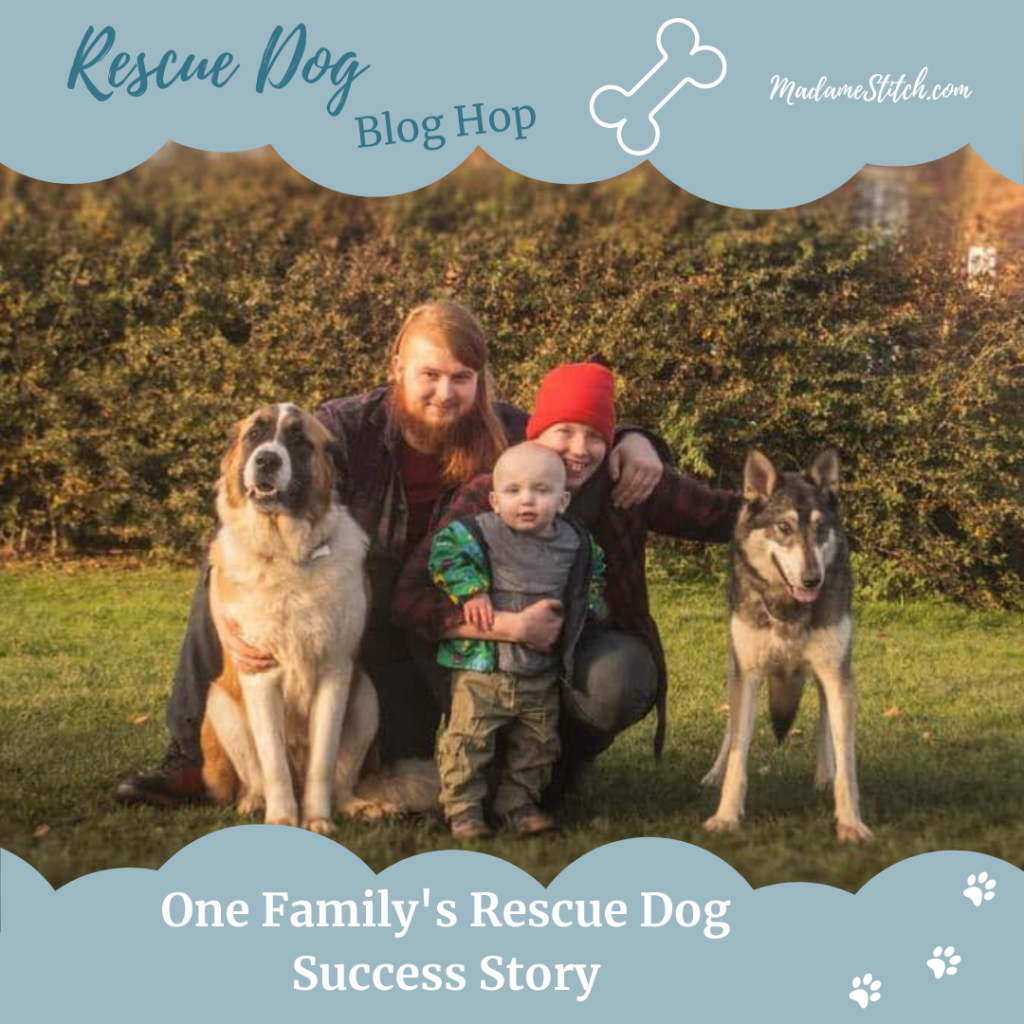
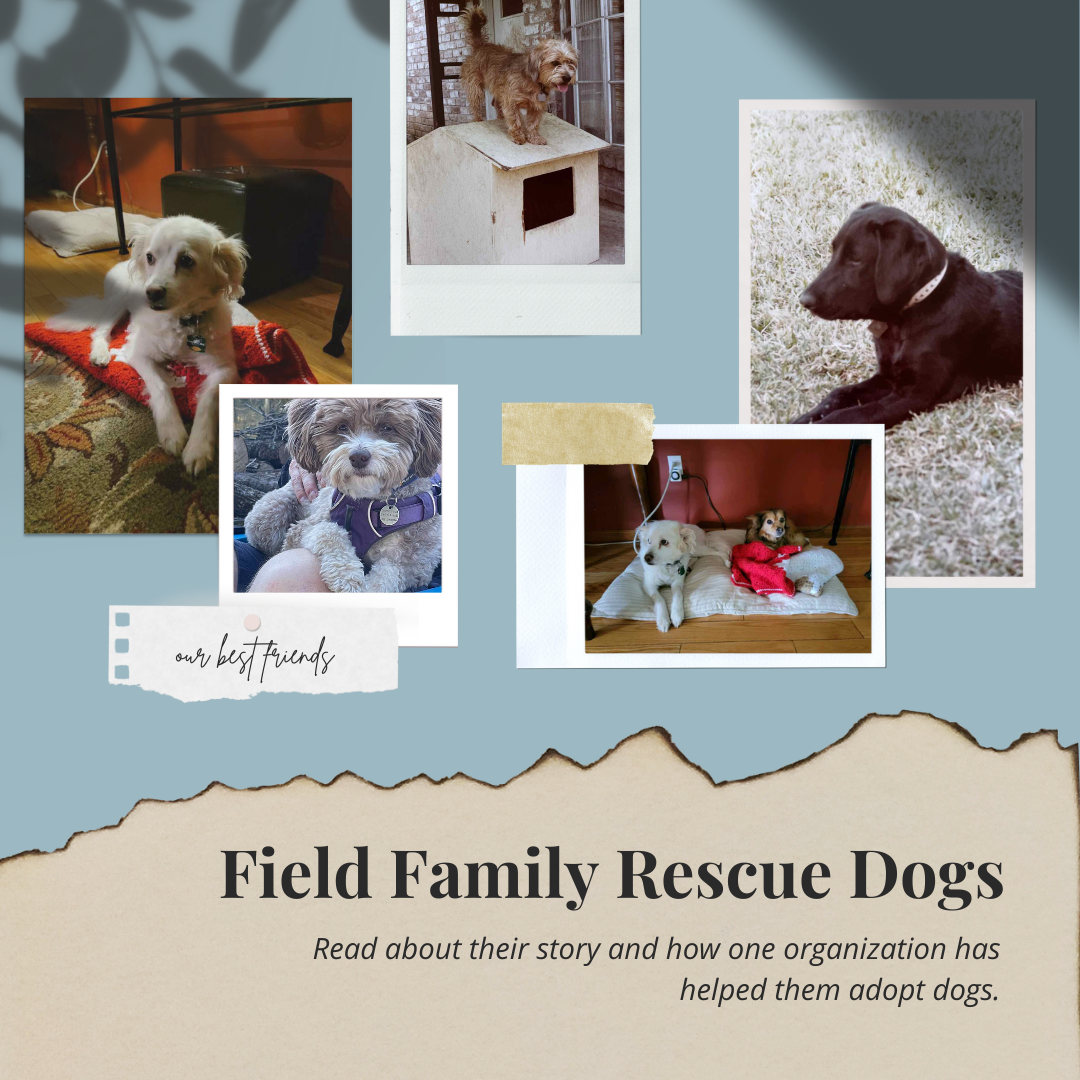
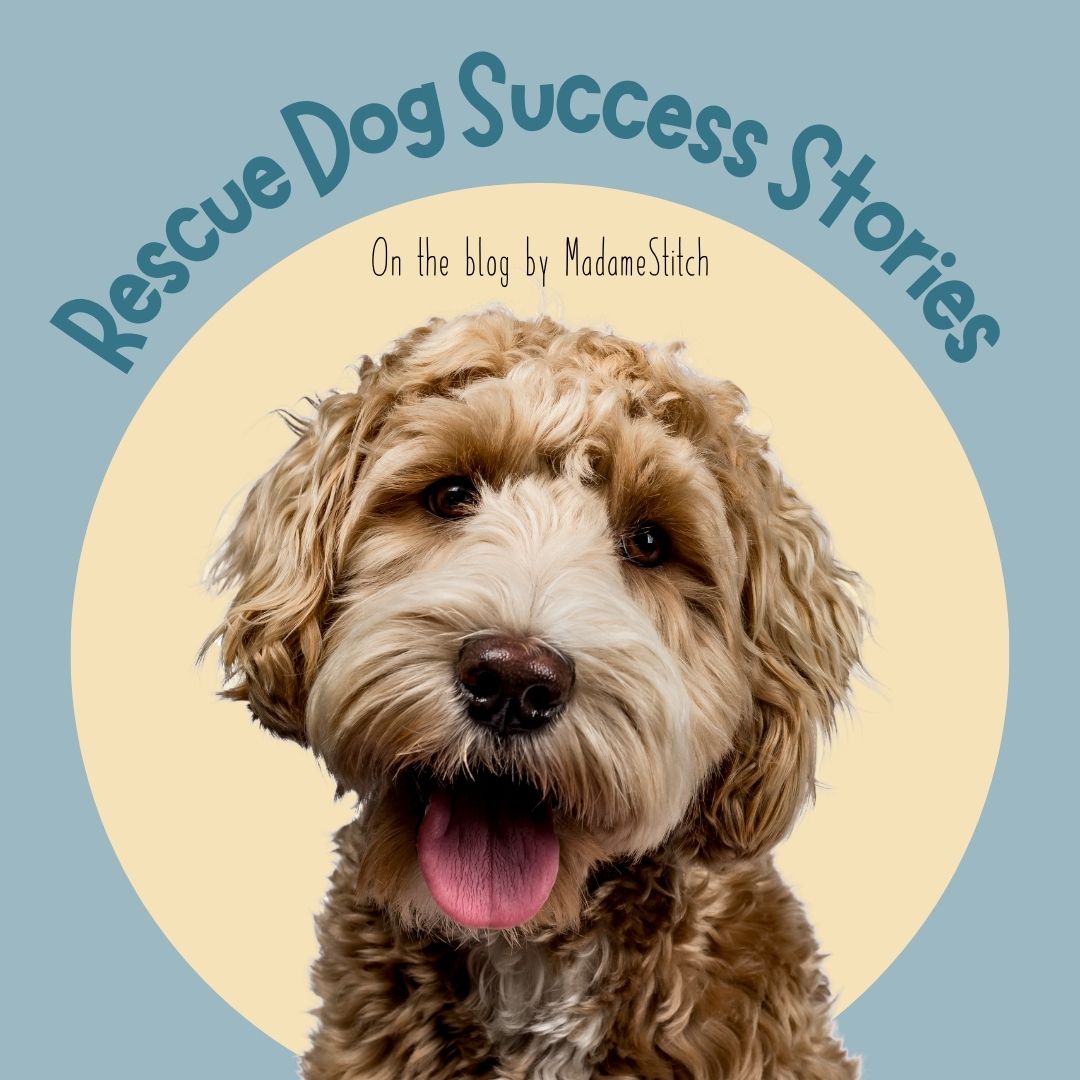
One Comment